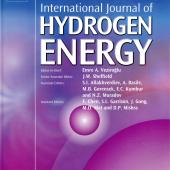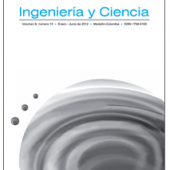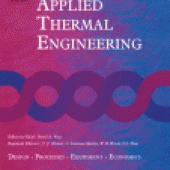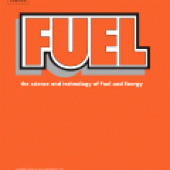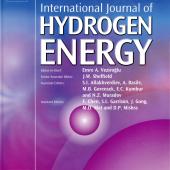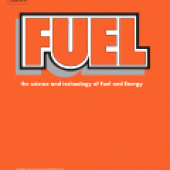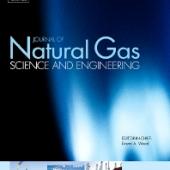Experimental study of the combustion of natural gas and high-hydrogen content syngases in a radiant porous media burner
The primary objective of this work is to study the blending of natural gas in equimolar
proportions with three high hydrogen content syngases in a radiant porous media burner.
We examined the effects of the composition of the syngases, the fuel-to-air ratio and the
thermal input on the flame stability, the radiation efficiency, and the pollutant emissions
(CO and NOx). In this study, we emulated the syngases with H2eCO mixtures, in which the
H2 to CO ratio was varied between 1.5 and 3. Additionally, pure natural gas was also used as


